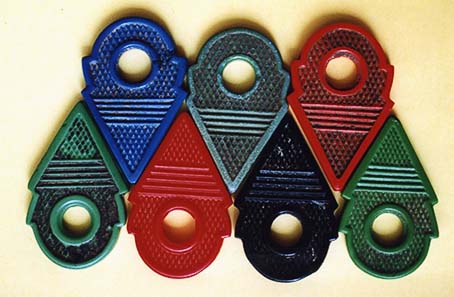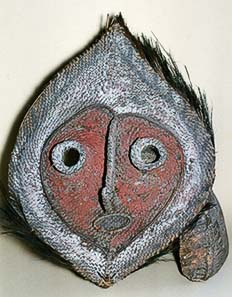November 13, 2009
A special exhibit of the Staatliche Münzsammlung (National Coin Collection) Munich from November 5th, 2009, to May 2nd, 2010
Money – that is not only coins and banknotes but also very different objects according to culture. The cowry as currency, for example, looks on a much longer career than any coin. Early standardized metal bars from the Bronze Age seem to indicate early forms of money in Europe as early as 4.000 B. C., and still in the 20th century ethnologists studying other continents’ societies discovered entirely different forms of money transfer there.
This fascinating field is illuminated by the most recent exhibit of the Staatliche Münzsammlung (National Coin Collection) Munich. Under the title “Money is what counts” and with the co-operation of two private collectors a multi-faceted exhibit was put together showing all the things we regard as pretty exotic forms of money.
Tower-shaped rings for Africa.
A vast collection of tower-shaped rings (talhakimt) existent in precisely standardized sizes and different materials, for example. These rings were produced in the German city of Idar-Oberstein between 1835 and 1980 and traded to Africa through intermediaries. Tower-shaped rings definitely served as currency but could very well be used as hair decoration as well.
Mask from Papua New Guinea. As decoration of a worked shell of the emerald green snail it served as money in ritual payments.
Or the shells of the emerald green snail that almost disappear behind the gorgeous mask attached as decoration. They have a vital function in the bride price or in other ceremonial payments.
These are but only two examples. The exhibit clearly is worth a visit! Those who couldn’t manage to travel to Munich should at least get the extremely informative catalogue published in connection with the presentation:
Günter Kuhn and Bernhard Rabus, Geld ist, was gilt – Primärgeld: Vormünzliche Zahlungsmittel aus aller Welt. Staatliche Münzsammlung München 2009; 102 pages with numerous b&w illustrations and single colour plates.
by Ursula Kampmann






